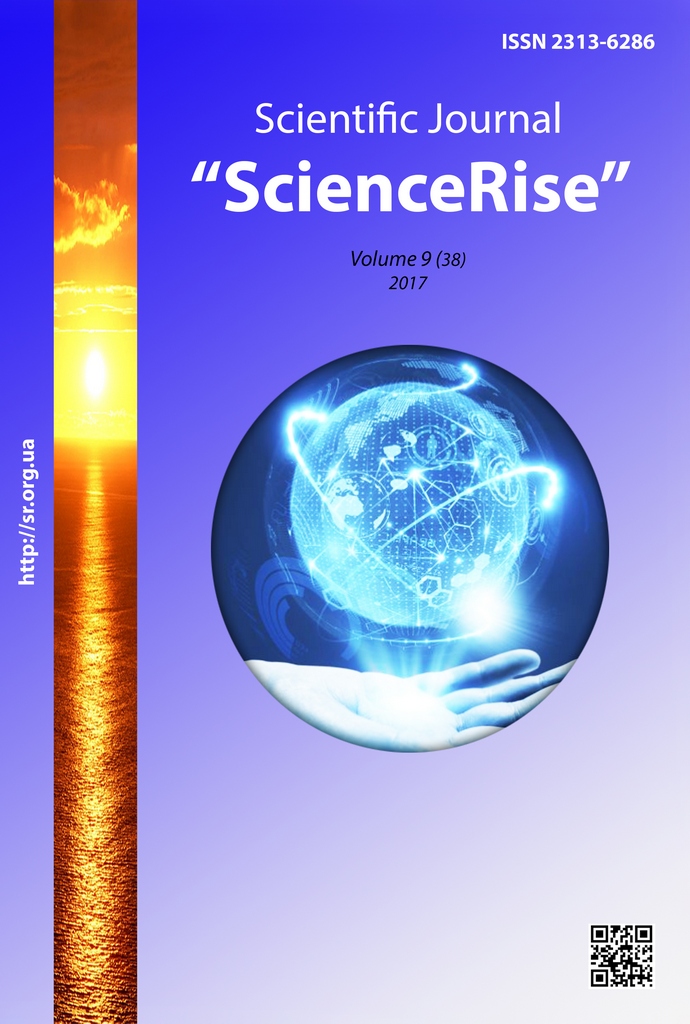Assessment of the competitiveness level of National university of shipbuilding in Zhoushan city on the basis of experiments with a simulation model
DOI:
https://doi.org/10.15587/2313-8416.2017.109020Keywords:
project management, simulation model, knowledge management, modeling, education systemsAbstract
A number of experiments were carried out with the simulation model of mutual influence of competitiveness factors that are performing various scenarios for design-making decisions aimed at balancing the key indicators of the National University of Shipbuilding in the market of educational services in China. The initial state of the simulated system was determined by the values of the parameters that determine the market share and the number of potential students in Zhoushan City
References
Koshkin, K. V., Voznyy, A. M., Knyrik, N. R. (2016). Decision-making in the implementation of it-projects through simulation. Bulletin of NTU “KhPI”. Series: Strategic Management, Portfolio, Program and Project Management, 6 (2 (1174)), 12–16. doi: 10.20998/2413-3000.2016.1174.3
Logunova, E. A. (2012). Matematicheskiye modeli sistem podderzhki prinyatiya resheniy. Fiziko-matematicheskiye nauki i informatsionnyye tekhnologii: problemy i tendentsii razvitiya. Novosibirsk: SibAK, 51–56.
Rutkovskaya, D., Pipinskiy, M., Rutkovskiy, P. (2008). Neyronnyye seti. Geneticheskiye algoritmy i nechetkiye sistemy. Moscow: Goryachaya liniya-Telekom, 452.
Lychkina, N. N. Sovremennyye tekhnologii imitatsionnogo modelirovaniya i ikh primeneniye v informatsionnykh biznes-sistemakh i sistemakh podderzhki prinyatiya resheniy. Available at: http://it-claim.ru/Library/Books/SC/articles/sovremennye_tehnologii_immitacionnogo/sovremennye_tehnologii_immitacionnogo.html
Avdeyev, Z. K., Kovriga, S. V., Makarenko, D. I. (2007). Kognitivnoye modelirovaniye i resheniye zadach upravleniya slabostrukturirovannymi sistemami (situatsiyami). Upravleniye bolshimi sistemami, 16, 26–39.
Varshavskiy, P. R. (2008). Mekhanizmy pravdopodobnykh rassuzhdeniy na osnove pretsedentov (nakoplennogo opyta) dlya sistem ekspertnoy diagnostiki. KII-2008. Moscow: Lenand, 2, 321–329.
Borisov, V. V., Kruglov, V. V., Fedulov, A. S. (2007). Nechetkiye modeli i seti. Moscow: Goryachaya liniya-Telekom, 284.
Hamilton, J. D. (2004). Time Series Analysis. Princeton University Press. New Jersey: Princeton, 114.
Lychkina, N. N. (2005). Imitatsionnoye modelirovaniye ekonomicheskikh protsessov. Moscow: Akademiya AyTi, 164.
Bay, S. І., Blіntsov, V. S., Bushuev, S. D., Vozniy, O. M., Gayda, A. Yu., Zaporozhets, І. M. et. al. (2013). Upravlіnnya іnnovatsіynoyu dіyalnіstyu pіdpriemstv ta organіzatsіy moregospodarskogo kompleksu. Mykolayiv: vidavets Torubara O. S., 448.
Kotov, V. E. (1984). Seti Petri. Moscow: Nauka, 160.
Lychkina, N. N. (2007). Imitatsionnyye modeli v protsedurakh i sistemakh podderzhki prinyatiya strategicheskikh resheniy na predpriyatiya. Biznes-informatika, 1 (1), 29–35.
Mnogopodkhodnoye imitatsionnoye modelirovaniye. Available at: http://www.anylogic.ru/
Ryzhkov, A. S. (2017). Evaluation of the quality of teaching as an element of management of joint international educational project. ScienceRise, 3 (1), 51–59. Available at: http://journals.uran.ua/sciencerise/article/view/95710/92797 doi: 10.15587/2313-8416.2017.95710
Downloads
Published
Issue
Section
License
Copyright (c) 2017 Natalia Knirik, Konstantin Koshkin, Alexander Ryzhkov, Rostislav Ryzhkov

This work is licensed under a Creative Commons Attribution 4.0 International License.
Our journal abides by the Creative Commons CC BY copyright rights and permissions for open access journals.
Authors, who are published in this journal, agree to the following conditions:
1. The authors reserve the right to authorship of the work and pass the first publication right of this work to the journal under the terms of a Creative Commons CC BY, which allows others to freely distribute the published research with the obligatory reference to the authors of the original work and the first publication of the work in this journal.
2. The authors have the right to conclude separate supplement agreements that relate to non-exclusive work distribution in the form in which it has been published by the journal (for example, to upload the work to the online storage of the journal or publish it as part of a monograph), provided that the reference to the first publication of the work in this journal is included.

